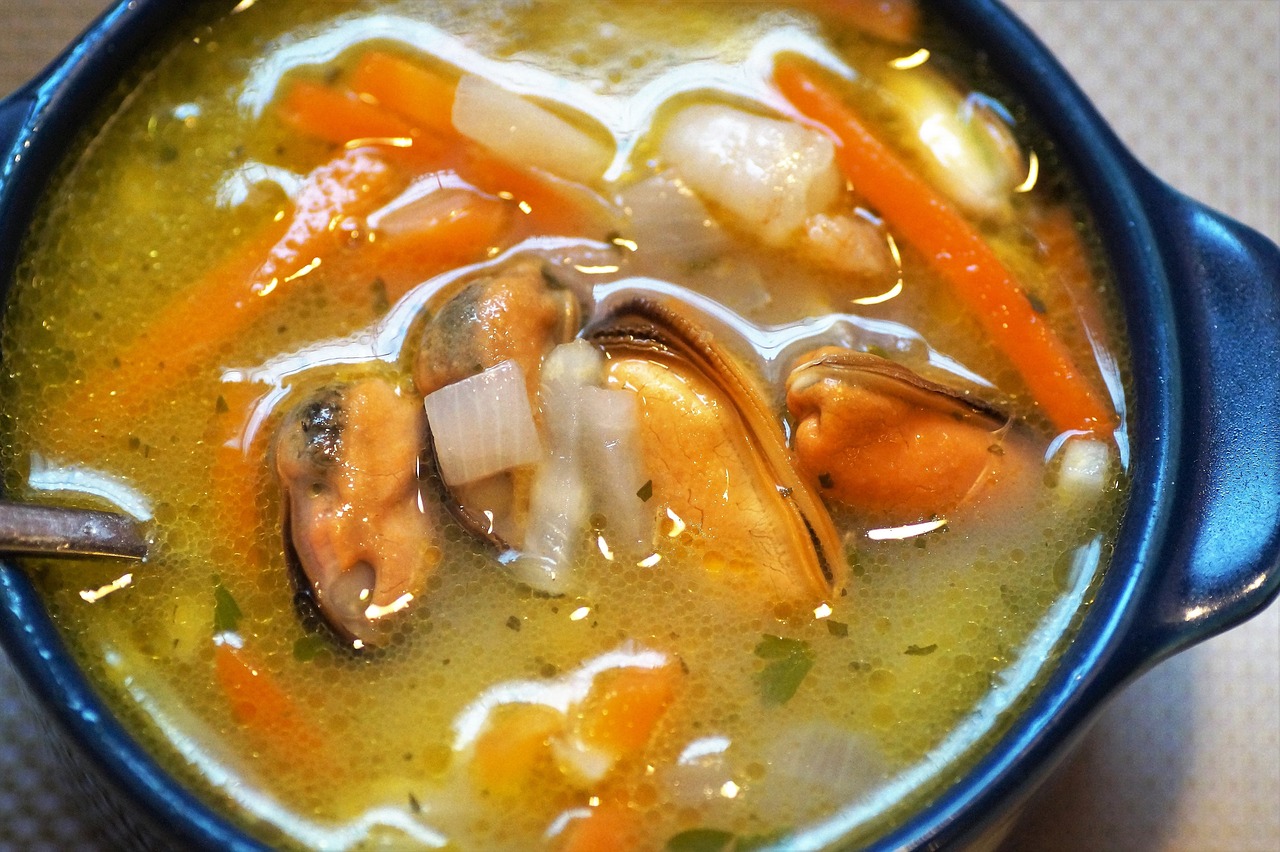Iceland is a country that offers a unique culinary experience, with fresh seafood, lamb, and traditional dishes that have been passed down through generations. My recent trip to Iceland was a foodie’s dream come true, and I was blown away by the diversity and quality of the cuisine. In this travelogue, I will take you through my journey of exploring the tastes of the North Atlantic.
One of the first things I noticed in Iceland was the abundance of seafood on the menus. The cold waters surrounding the country are rich in fish and seafood, and Icelanders have mastered the art of preparing them. The traditional Icelandic fish stew, plokkfiskur, is a must-try. The stew is made with fresh fish, potatoes, and onions, and is a comforting and hearty meal. Another popular dish is the Icelandic lobster soup, which is made with fresh lobster and vegetables and is a perfect choice on a cold day.

Icelandic lamb is also a delicacy, and it’s not surprising since the sheep in Iceland graze on wild grass and herbs. The slow-cooked lamb shoulder, traditionally cooked in a slow cooker, is a tender and flavorful dish that melts in your mouth. The smoked lamb is another favorite, with a unique and robust flavor.
Skyr, a thick and creamy dairy product similar to yogurt, is a staple in Icelandic cuisine. The dairy product is high in protein and low in fat and has become popular worldwide. Skyr can be eaten on its own or used in a variety of dishes, such as smoothies, dips, and desserts.
One of the unique dishes in Icelandic cuisine is the hakarl, which is fermented shark meat. The dish is an acquired taste, with a strong smell and a unique texture. It’s traditionally eaten with a shot of Brennivin, an Icelandic liquor made from potatoes and caraway seeds.
Icelandic bakeries are also a treat for those with a sweet tooth. The traditional kleina, a fried dough pastry, is a popular snack in Iceland. The Icelandic chocolate, with its high percentage of cocoa, is rich and indulgent. The rye bread, baked in a traditional Icelandic method using geothermal heat, has a unique flavor and texture.
One of the best ways to explore Icelandic cuisine is through the Reykjavik Food Walk. The food walk takes you through the city’s culinary scene, with stops at some of the best restaurants and shops. The tour offers a chance to taste traditional Icelandic dishes, as well as modern fusion cuisine.
In conclusion, Icelandic cuisine is a unique and delicious experience, and the country’s commitment to sustainable and ethical food production makes it even more appealing. Whether you’re a seafood lover or a meat enthusiast, there’s something for everyone in Icelandic cuisine. I highly recommend visiting Iceland soon and experiencing the tastes of the North Atlantic for yourself.


